Meetings & Events
Our monthly chapter meetings are held on the 3rd Thursdays January – November. Our meetings are free and open to the public thanks to our members and sponsors. Join us Third Thursdays at 7:00 p.m. at the Houston Arboretum!

Wildscapes: After Dark – September 27, 2025
Discover the magic of native habitats as night falls...Join us for a day of engaging speakers, community connections, and a lush array of native plants ready to bring biodiversity to your backyard.
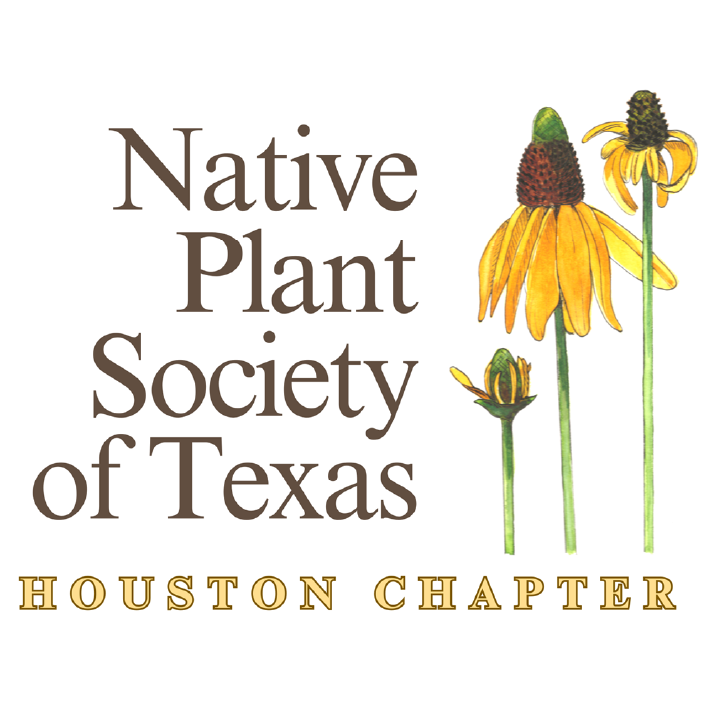
NPSOT-Houston Board Meeting
We are always looking for dedicated volunteers who are passionate about the native plant mission. Anyone is welcome to attend our board meetings on zoom for the fun and rewarding work that goes into our various projects.
Chapter News
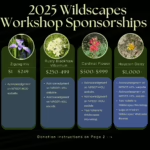
Sponsor Wildscapes Workshop
Your sponsorship will help fuel our mission to restore native ecosystems through education, outreach, and example. In addition to this annual workshop, we host monthly speaker events, offer wildscaping grants, and sponsor invasive species removal efforts throughout the Houston area.
Proposed 2025 Board
See the proposed 2025 Board volunteers for our election at the January chapter meeting.

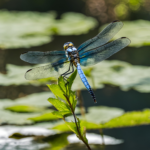
Pre-Order Select Plants Now
Wildscapes Workshop’s expert speakers will inform and delight us with their knowledge of Texas water issues, trees for sustainable water management, and creatures that thrive in wet habitats.
Watch Previous Events on Our YouTube Channel
Playlist
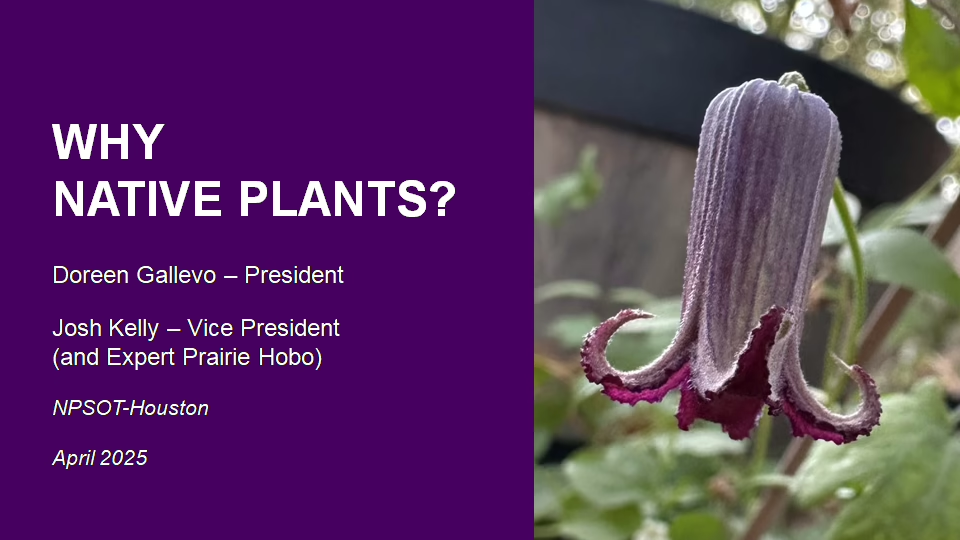





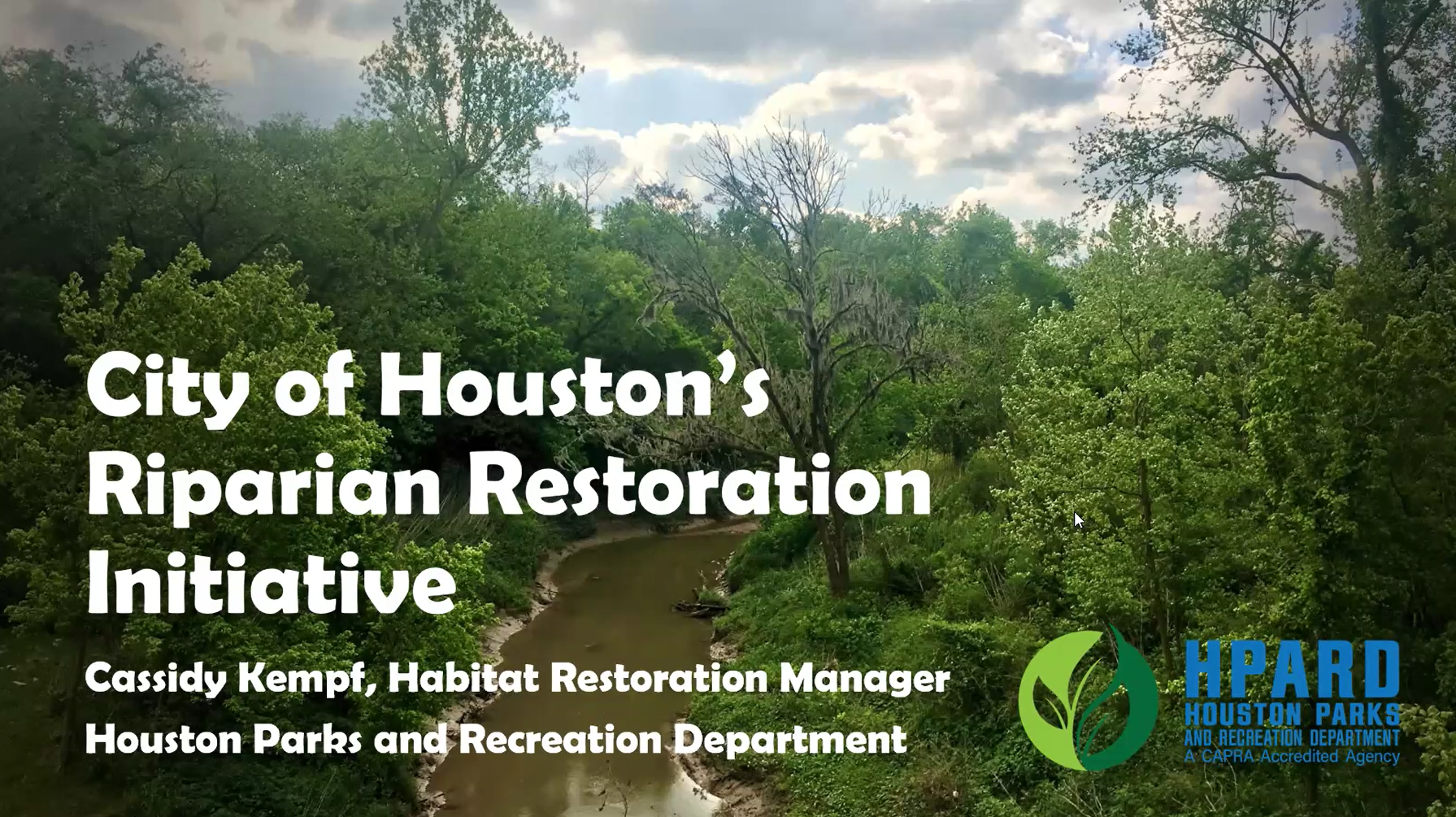



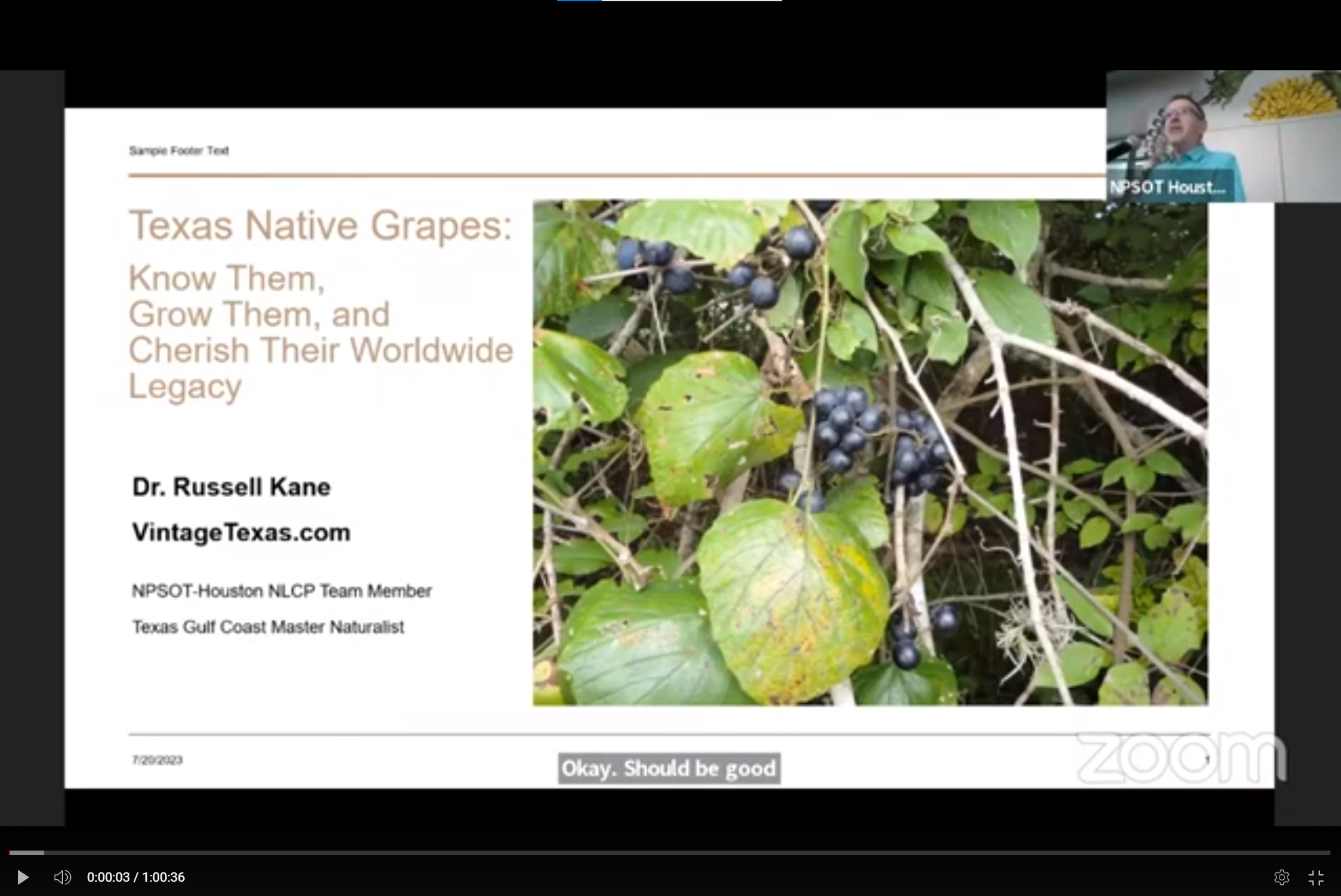
0:16
0:16
0:16
Amber Leung of Houston Audubon delves into the factors driving bird population decline and explores how we can make a difference.
Learn about Eric Ruchstuhl’s work removing invasive species in Texas and witness the unveiling of his results mapping the lost palms of Texas, Sabal mexicana.
Contact
Officers
- President – Doreen Gallevo
- Vice President – Josh Kelly
- Treasurer – Tamara Haygood
- Secretary – Beth Hentges
- At Large – Reba Wiles, Linda Knowles, Mark Morgenstern, Wally Ward, Hannah Edlund


